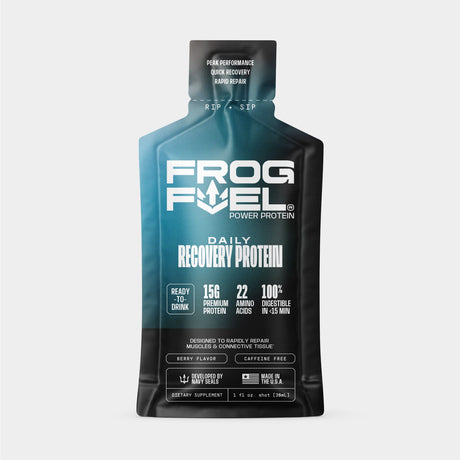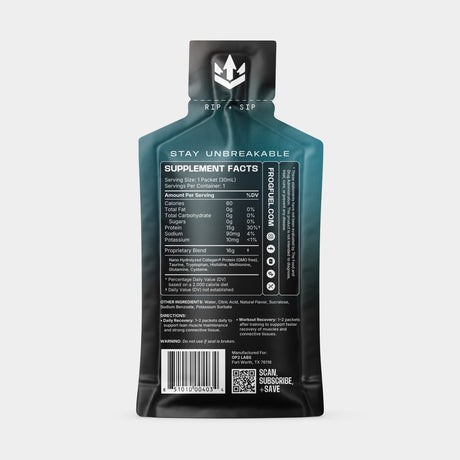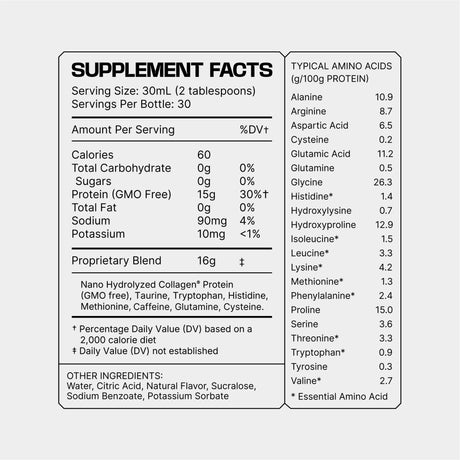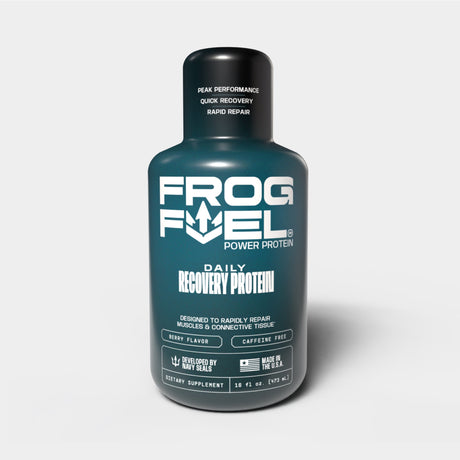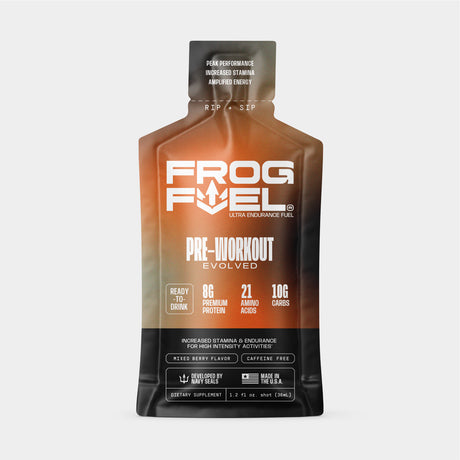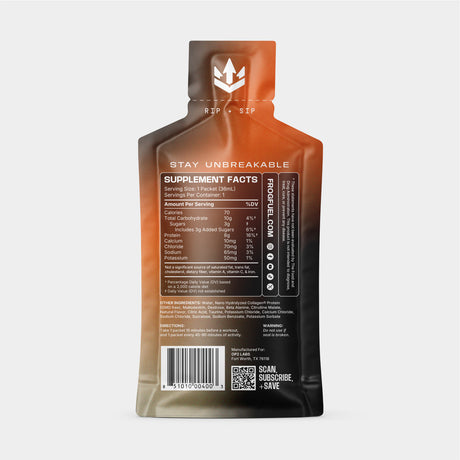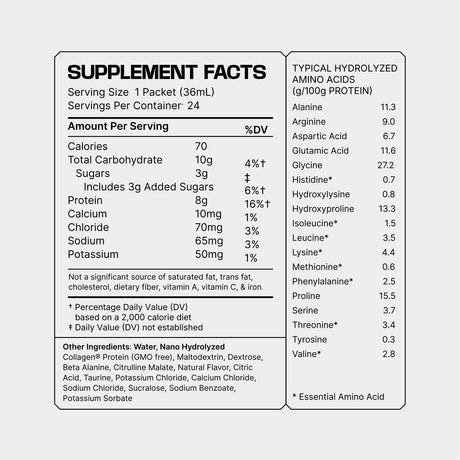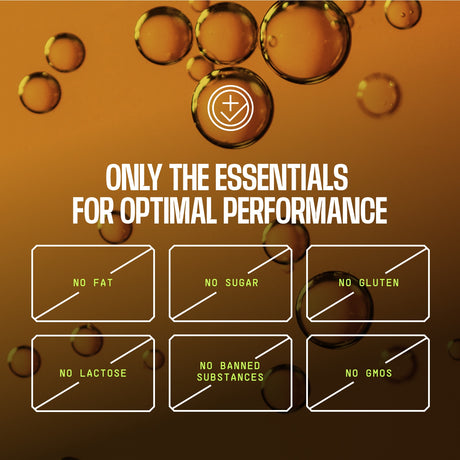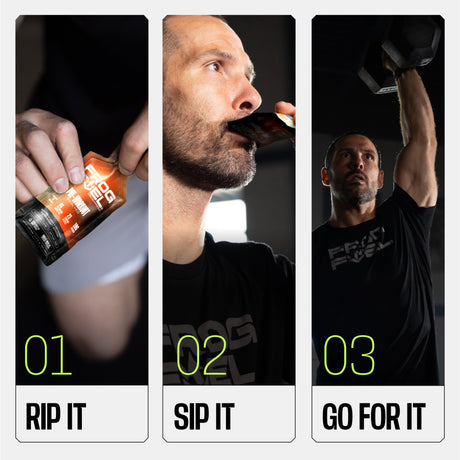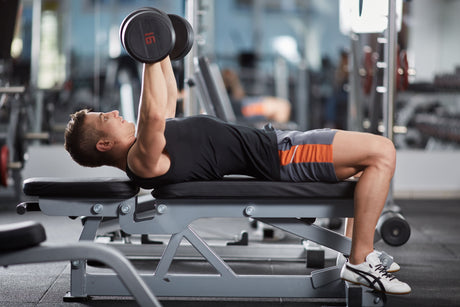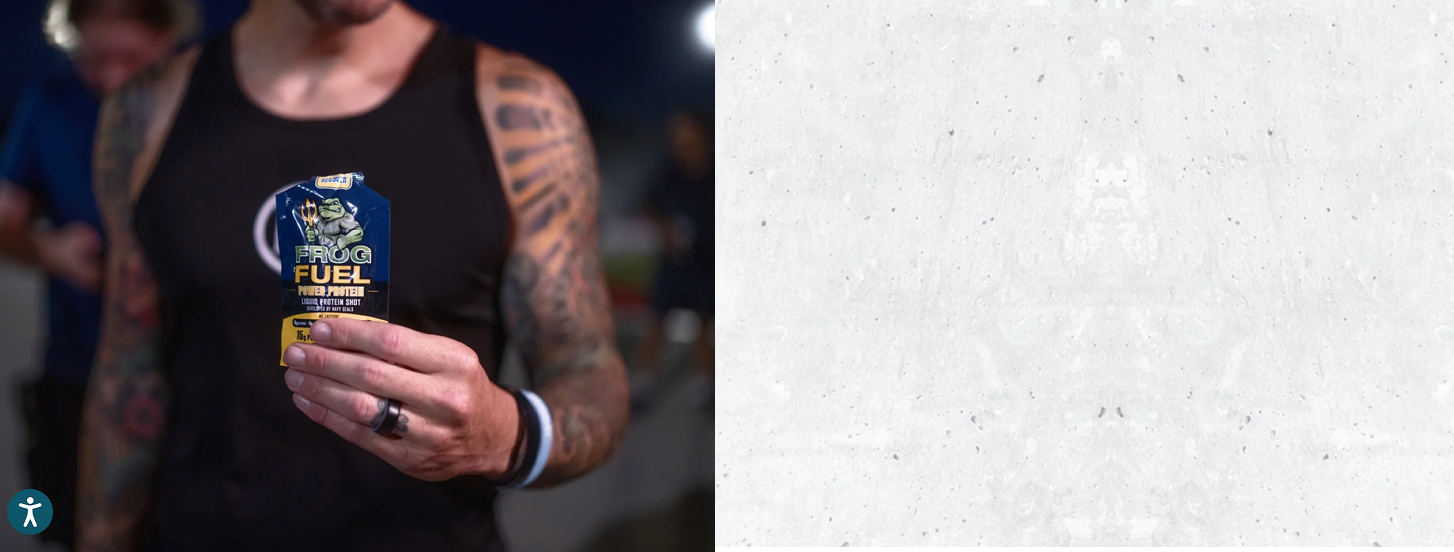Whether it’s the excitement, high wages, or simply pure passion for the work, there are many reasons why people choose high-risk jobs. But if you are currently working in (or considering) a high-risk job, it’s important to understand how to avoid injury.
If you’re wondering how to prevent knee injuries, back injuries, and more on the job, we're here to help. Let’s discuss 30 of the riskiest jobs around - and some simple injury prevention tips for them.
The top 30 high-risk jobs
1. Construction
Construction workers are constantly at risk of injury due to the nature of their work. Falls from heights and being struck by falling objects, two of the most common causes of fatal injuries, make construction #1 on our list of high-risk jobs.
2. Truck drivers
If it weren't for truck drivers, business owners would have a hard time keeping their businesses running. Truckers deliver fresh food, construction materials, and other essential items daily - no matter the weather conditions. This can make being on the road quite dangerous.
3. Grounds maintenance workers
Ground maintenance workers may not seem worthy of inclusion in our list of high-risk jobs, but the job often requires operating heavy machinery, which can be dangerous.
4. Police officers
Being a police officer is a job that comes with many dangers. Police can be found working at all levels of government, from federal agencies to small-town sheriffs, and depending on the line of work and neighborhood, the job can be incredibly high-risk.
5. Farmers & agricultural workers
Fifth on our list of high-risk jobs are farmers and agricultural workers, who know all too well the dangers of operating heavy machinery. Injury from machine malfunction is one of the most common causes of fatalities in this field.
6. Power line workers
Next on our list of high-risk jobs are power line workers, who often have to be high up in the air, working near wires that carry large voltages of electricity. This puts the workers at risk of not only falls, but electrocution.
7. Landscapers
Landscapers are tasked with keeping landscapes looking beautiful by pruning, mowing, mulching, fertilizing, and trimming in residential and commercial settings. Some landscaping work takes place at heights high enough to cause serious or fatal injury if a worker falls.
8. Roofers
Roofing is one of those high-risk jobs that many people need, but few understand the dangers. You're always at risk of falling off and sustaining severe injuries when you're up on a roof.
9. Railroad conductors
Conductors and yardmasters suffer from some of the highest rates of injury in the rail transportation industry. Broken bones from falls are the most common type of injury among these workers.
10. Professional athletes
Being a professional athlete is a high-risk job because of the frequency of intense movement. Injuries are always a risk for professional athletes. Sprains, strains, and tears account for more than half of the injuries suffered by athletes - but deadly injuries do happen.
11. Highway maintenance workers
Highway maintenance involves replacing and repairing road signs, filling potholes, and maintaining the overall surface of the roads. This makes our list of high-risk jobs because of the unfortunate risk of workers being struck by vehicles.
12. Pilots & flight engineers
Commercial airplanes are incredibly safe. However, private aircraft pilots and helicopter pilots have high-risk jobs, amounting for the majority of the injuries in the field.
13. Logging
13th on our list of high-risk jobs is logging. Logging is demanding work, both physically and mentally. The most common injury causes include being struck by fallen trees and being injured while using heavy equipment.
14. Electricians
Though it is widely known that being an electrician is a dangerous profession, many people are unaware of the frequency of injuries sustained by electricians. Burns from electrical accidents are some of the most common injuries in the trade.
15. Waste collection
The vital job of waste collection takes a toll on the body. When you add extreme temperatures into the mix, it becomes dangerous enough to make our list of high-risk jobs.
16. Extraction workers
Extraction workers extract resources from the ground or the sea. This can include workers on oil rigs, mines, platforms, construction demo cleanup, and other high-risk jobs that involve extracting or cleaning natural resources.
17. Mechanics
Mechanics are responsible for repairing vehicles and other machinery daily. The repetitive motions of lifting and lowering machinery lead to an increased risk of developing a sprain or strain.
18. Security guards
The importance of security guards is not adequately understood. They deal with real daily dangers - from monitoring security threats and suspicious activities to protecting people and establishments.
19. Fishing & hunting
Fishing and hunting workers have to place traps, reel in catches through commercial fishing, and work on heavy machinery while being close to wildlife - that all adds up to the perfect recipe for danger.
20. Mining
Working as a miner exposes you to cave-ins, explosions, and the invisible hazards of methane gas and carbon monoxide. On-site injury prevention is crucial when working in mining because one injury could end your career.
21. Cement masons
Cement masons play a vital role in ensuring the quality of poured concrete, whether it be for roads, sidewalks, floors, or other applications. Contact with wet masonry cements, such as unhardened cement, mortar, or slurries, may result in caustic burns to the eyes - or worse.
22. Firefighters
Firefighters put their lives on the line to save people from burning buildings and other dangerous situations. However, the greatest threat to firefighters in their high risk-jobs isn't running into a fire - it's falls, which account for the most injuries sustained by firefighters.
23. Heavy vehicle mechanics
Heavy vehicle mechanics are crucial in keeping tractors, bulldozers, and cranes running smoothly. Unfortunately, it’s all too common that mechanics get stuck between or under heavy equipment while working causing fatal or severe injury.
24. Freight, stock, and material movers
Freight, stock, and material movers are essential in keeping production areas supplied with the necessary materials. They also load and unload delivery trucks, ships, and containers. High-risk jobs like this, that require physical exertion, frequently cause injuries to the legs and back.
25. Iron & steel workers
Workers in the iron and steel industry often have to perform dangerous tasks, such as working with heavy machinery or climbing on ladders.
26. Crane operators
Crane operators are responsible for the safe and efficient operation of cranes and other heavy lifting equipment. When you’re lifting heavy loads, accidents do happen, which is why this makes our list of high-risk jobs.
27. Pest control
Frequent exposure to toxins makes pest control a worthy addition to our list of high-risk jobs. The primary cause of death for pest control workers is exposure to harmful substances.
28. Oil & gas workers
The oil and gas industry can be physically demanding, with extended hours spent setting up, maintaining, and operating the derrick and drill equipment. Workers are regularly exposed to heavy machinery, heights, moving vehicles, chemicals, and other hazards.
29. Rideshare & grocery delivery drivers
Driver injuries have been on the rise as more and more people are using transportation services like rideshare and grocery delivery. Rideshare is a for-profit transportation service where drivers use an app or website operated by a third party to connect with riders.
30. Stuntmen
Although it may be one of the most dangerous jobs in America, many people are still drawn to the excitement and adventure of being a Hollywood stuntman. Stuntmen and women work in the movie industry, performing stunts in place of actors.
Preventing injury at work
Now that you know what the most high-risk jobs are, it’s time to discuss how to prevent injury at them.
Suppose you’re wondering how to prevent knee injuries and injuries to other areas of the body. In that case, you can wear appropriate and comfortable clothing, use tools correctly, stay hydrated, and take breaks when needed.
But there is also a simple way to prevent damage AND speed up the healing process after sustaining an injury. Using muscle repair supplements after injury is a great way to speed up healing - and one of the best supplements for both injury prevention and healing is collagen.
Help prevent on-site injuries with collagen protein
Collagen protein is what your body uses to repair injuries to skin, muscles, tendons, ligaments, and more. That’s why adding collagen supplements to your daily diet is a great way to promote injury prevention - by giving your body boosted stores of collagen to heal itself with.
On-site injury prevention is a top priority in high-risk jobs, and whether you’re a construction worker, stunt rider, or anything in between, liquid collagen protein can help you stay healthy and injury-free on the job.
Liquid collagen benefits are numerous, and in addition to aiding in wound healing, it may help with painful joints, and even digestive issues!
For workers on the go, the clear choice is Frog Fuel liquid collagen protein. Our hard-hitting supplement provides long-lasting energy and protection, which is exactly what you need for a hard day’s work.
Our collagen comes in easy-to-use, single-serve packages, for you to pop back anytime you need it. Throw them in your work bag, your car, or your jacket pocket and rest easy knowing you’re providing your body with an added layer of protection for the work day ahead.


